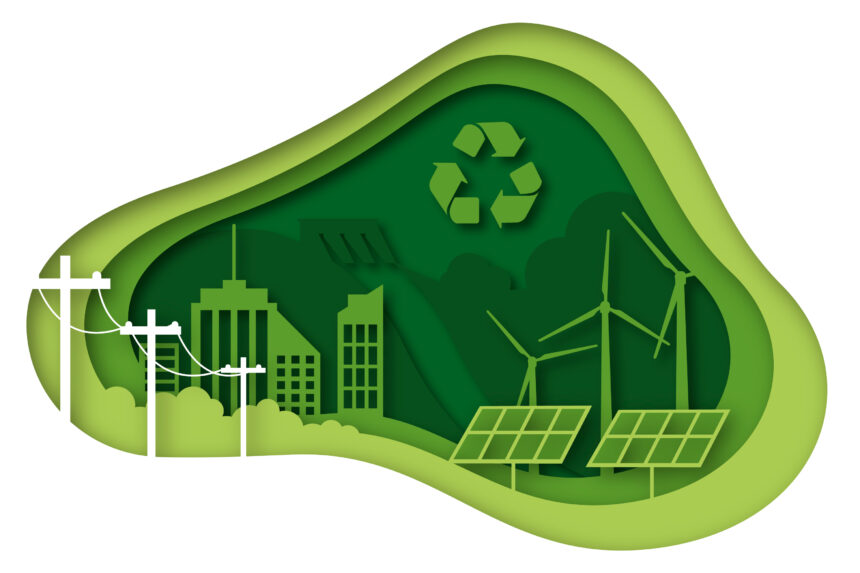Non-fungible tokens (NFTs) have taken the world by storm, revolutionizing the digital art and collectibles market. While NFTs have been the subject of both praise and criticism due to their environmental impact, South Africa has emerged as a pioneer in combining NFTs with green energy initiatives. The country is harnessing its vast renewable power potential to power the NFT industry sustainably.
South Africa boasts abundant natural resources, including ample sunlight and wind, making it an ideal location for renewable energy projects. The country has recognized the need to transition to a low-carbon economy, reducing its reliance on fossil fuels and mitigating climate change. In recent years, South Africa has made significant strides in renewable power generation, and it is now leveraging this progress to support environmentally friendly NFT initiatives.
One of the primary challenges associated with NFTs is the significant energy consumption required for their creation and transaction verification. The Ethereum blockchain, which hosts most NFTs, relies on a consensus mechanism called proof-of-work, which demands substantial computational power and energy consumption. However, South Africa is promoting the use of renewable energy sources, such as solar and wind, to power the mining and transaction processes associated with NFTs.
Solar power is particularly promising in South Africa due to its abundant sunlight. The country has implemented several large-scale solar projects, such as the Renewable Energy Independent Power Producer Procurement Program (REIPPPP). This program encourages private investment in renewable energy, resulting in the development of numerous solar farms across the country. By tapping into this solar energy potential, South Africa can power NFT mining operations and transactions, significantly reducing their carbon footprint.
Wind energy also plays a vital role in South Africa’s renewable power landscape. The country has vast wind resources, especially along its coastal regions. Projects like the Sere Wind Farm and the Jeffreys Bay Wind Farm have propelled South Africa’s wind energy capacity, contributing to the national grid. These wind farms can supply clean electricity to the NFT industry, further minimizing its environmental impact.
Furthermore, South Africa is actively exploring new and innovative ways to combine NFTs and green energy initiatives. Several startups and organizations are emerging with the goal of facilitating the creation and sale of eco-friendly NFTs. These initiatives focus on using renewable energy sources for NFT minting, employing blockchain networks with lower energy consumption, or even exploring alternative blockchain architectures that are inherently more sustainable.
In addition to the environmental benefits, the intersection of NFTs and green energy in South Africa offers economic opportunities. The renewable energy sector is a significant contributor to job creation, and by aligning it with the growing NFT market, South Africa can foster innovation, entrepreneurship, and economic growth. This synergy creates a unique advantage for the country, positioning it as a leader in sustainable NFT initiatives.
However, it is crucial to acknowledge that challenges remain in scaling up these initiatives. The availability and accessibility of renewable energy infrastructure need to be further expanded to accommodate the growing demand from the NFT sector. Additionally, continuous research and development efforts are necessary to optimize blockchain networks for energy efficiency and reduce the environmental impact of NFT transactions.
South Africa’s efforts in combining NFTs and green energy serve as an inspiring example for other countries and industries worldwide. By embracing renewable power sources and sustainability in the NFT market, South Africa demonstrates that economic growth and environmental consciousness can go hand in hand. The country’s initiatives pave the way for a greener, more sustainable future for the global NFT ecosystem, encouraging other nations to follow suit and explore similar synergies between blockchain technology and renewable energy.










